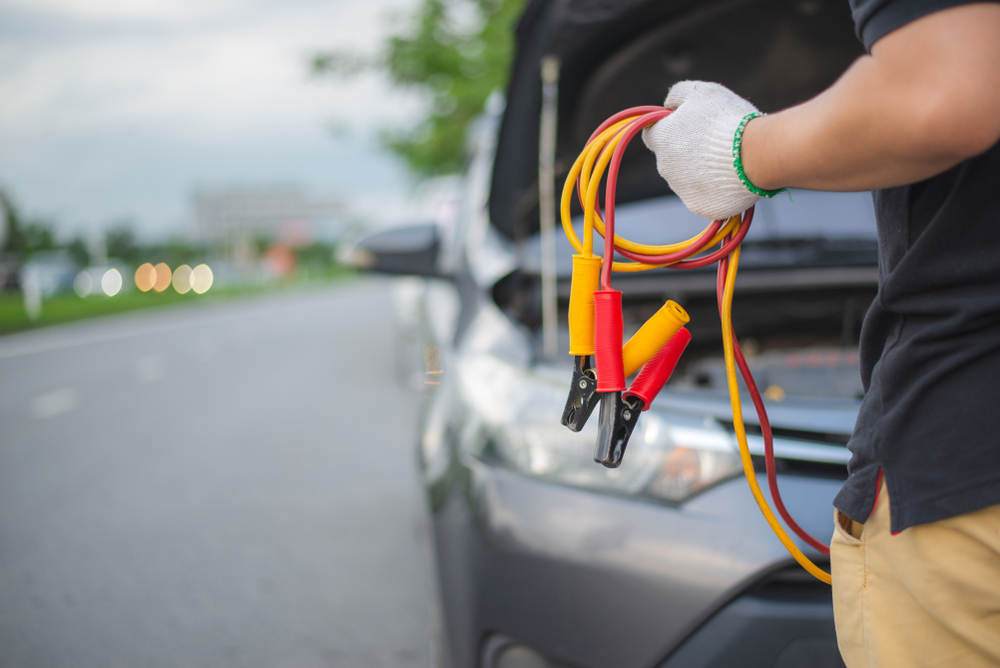How to Safely Jumpstart a Car
Is there anything more frustrating than putting your key in the ignition and turning it only to find that your car doesn’t want to start? When this happens, the most likely explanation is that your car has a flat battery and it needs jumpstarting. Jump starters are powered by li-po batteries, typically containing three or six batteries in series. This is because vehicle engine batteries are usually 12 or 24V, hence the requirement for three or six of these batteries. Jumpstarting a car is a relatively straightforward and safe process; however, as with anything, when done incorrectly, this can be considered a safety hazard. To that end, detailed below are the exact instructions you need to follow in order to jumpstart a car safely.
Place the Jump Starter Beside the Bonnet of the Car
Firstly, you need to ensure that your vehicle is parked with the handbrake on and the ignition off. Then, you’ll need the jump starter to be close enough to the car so that the lead can extend from the car to the jump starter.
Connect the Red Jump Lead
The red jump lead should be connected before the black one, and this should be connected to the positive terminal on the jump starter and the positive terminal on the flat battery.
Connect the Black Jump Lead
Once the red jump lead has been connected properly, it’s time to connect the black one. This lead will need to be connected to the negative terminal on the jump starter, and the other end should be connected to an earthing point on the car. For instance, a piece of unpainted metal on the chassis or engine block that’s well away from the fuel system and flat battery.
Turn on the Jump Starter
Once you’ve connected the jump leads, you then need to wait three minutes. After these three minutes, start the jump starter and let it run for a minute.
Start the Car
After this minute, you can turn on the car with a flat battery.
Let the Car Run
Next, you should let the car idle at a fast pace for roughly 10 minutes.
Turn Off and Disconnect
Following this, you can turn off the jump starter and the car’s engine. Make sure to carefully disconnect the leads in the reverse order to which they were connected. So, remove the black lead from your car first and finish with the red lead from the jump starter. As you remove them, make sure the leads don’t touch the jump starter, your car, or each other.
Restart the Car
For the penultimate step, attempt to turn the keys in the ignition to see if the car will start up.
Call for Help
Unfortunately, jumpstarting your car might not be the answer to all your problems. If you don’t have a flat battery, it could be a more serious problem wherein professional help is required. So, if you’re stuck, be sure to call your local garage to see if there’s anything they can do to help you.
Further Safety Tips
- Check the jump leads and battery:
- Don’t jumpstart a battery that’s leaking or looks damaged.
- Never use damaged jump leads.
- Stop using jump leads if they get hot.
- Ensure the environment is safe:
- Ensure you have no dangling clothing that could get caught up in moving engine parts.
- Never allow metal objects to touch your battery (this could result in sparking and even explosion).
- Don’t allow naked flames (including cigarettes) near the battery.
- Remove the jump leads with care:
Never remove jump leads while the engine is running, as this can seriously damage your car’s electronics
